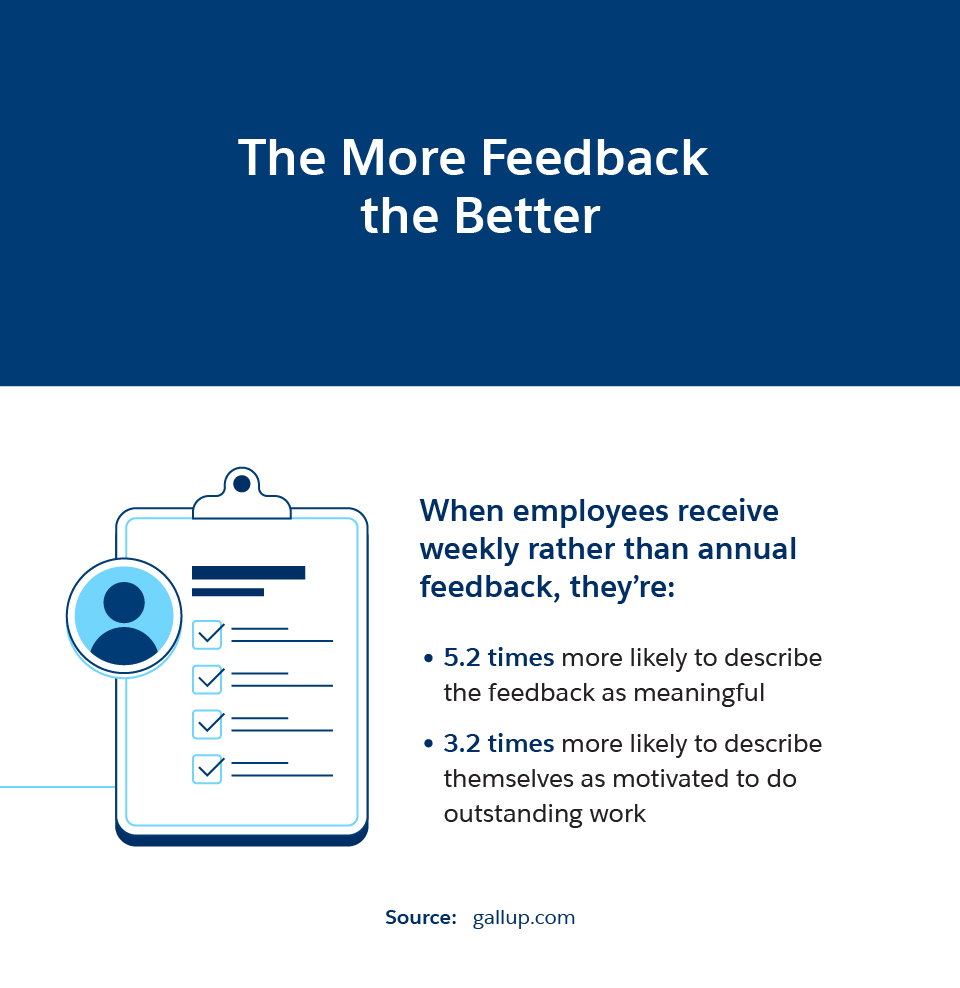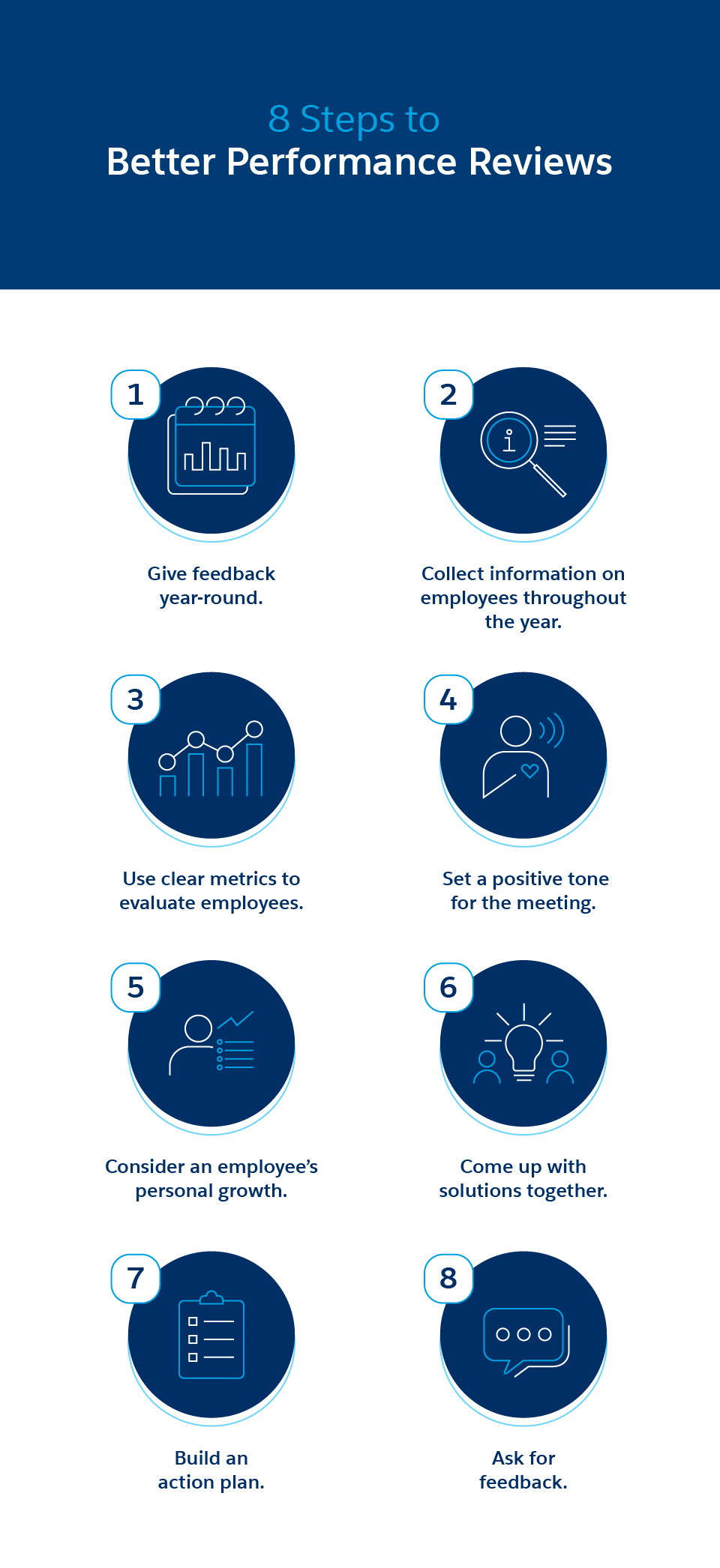As the threat of a global recession looms, companies may hold off on new hires for the moment. Of course, you still want to grow your business, which requires creativity, high-knowledge output, and adequate manpower. The solution may be hiding in your midst: your existing talent.
Now, more than ever, it’s a great time to upskill your employees. That process starts with developing a positive and empowering performance review experience. Many people in the corporate world have long loathed performance reviews, but they serve an important purpose.
Performance reviews, when done right, offer a powerful opportunity for employers to inspire and engage employees. They can also lay the groundwork for upskilling employees to meet your company’s future needs. This article will explain why performance reviews are important and how your company can fine-tune them to help your company succeed.
Why Performance Reviews Matter
It wasn’t so long ago that performance reviews looked like they may go the way of the dinosaurs. In 2015, 30 Fortune 500 companies proclaimed they were done with the practice. Since then, the furor has subsided, and performance reviews live on.
Despite their negative reputation, performance reviews serve an important purpose, which Indeed.com lays out succinctly. The job hiring website explains that performance reviews:
Give employees insight into their strengths and weaknesses
Help evaluate employees’ past performance
Shed light on how employees’ work fits into the company’s mission and goals
Provide an opportunity to recognize high-performing team members
- Encourage employees to stay engaged

We’d like to add that performance reviews can also empower employees to take more ownership of their role at the company and their career trajectory.
Performance reviews can serve as a powerful means to guide employees onto their best, most productive path. The problem, then, may not be with the performance review system itself, but rather with the way managers often give performance reviews.
How to Give Better Performance Reviews
Let’s be crystal clear. The reason so many employees don’t like performance reviews is because they don’t work. According to research by the polling company Gallup, only 14 per cent of employees say that performance reviews inspire them to improve. That number is appallingly low, and as Gallup writes, “If performance reviews were a drug, they would not meet FDA approval.”
There’s a better way. Here’s what you can do to improve performance reviews.
1. Give feedback year-round
Debbie Pollock-Berry, a member of the Forbes Human Resources Council, advises, “There should be no ‘new news’ in a performance review — the best managers talk openly and candidly about performance all year long.”
One reason so many employees dread performance reviews is that they aren’t sure what to expect. Negative feedback can come as an unhappy surprise, leaving them feeling ambushed. Instead, managers should regularly check in with their employees throughout the year, providing them with ongoing feedback and tackling major issues as they occur (rather than waiting until a performance review to address something that may have happened months ago).
Providing continuous feedback clues employees into how they’re doing on their goals and gives them a chance to course correct before issues get too serious. Plus, it’s what employees want. Gallup found that when employees received weekly feedback instead of annual feedback, they’re 5.2 times more likely to describe the feedback as meaningful and 3.2 times more likely to describe themselves as motivated to do outstanding work.

Use your one-on-one meetings with employees to provide short-term and medium-term feedback. This practice will free up space to use the performance review for larger-scope discussions.
When employees come into a performance review knowing what to expect, they can participate in the process with a more positive and open-minded attitude.
2. Collect information on employees throughout the year
It can be difficult to provide clear and useful feedback to employees when you are on the spot in a performance review. Managers can also fall into the trap of recency bias, focusing on situations that are most recent rather than on how an employee has performed throughout the year.
A good way to guard against the recency bias, says Kelly Lockwood Primus, also a member of the Forbes Human Resources Council, is to take detailed and clear notes during employee meetings and one-on-ones throughout the year. Make notes on employee strengths, goals progression, accomplishments, and struggles throughout the year and refer to these notes when preparing for a performance review. This technique will help you develop a more wide-ranging view of how your employee has evolved between performance reviews and ensure you don’t forget anything. Consider using performance review software to help you with this process.
3. Use clear metrics to evaluate employees
How a manager feels about an employee’s progress is important, but it can also leave employees confused or even lead to accusations of bias. Managers can help track an employee’s progress by using metrics. How many sales calls does a salesperson make on average each week? What is the average rating a customer service representative receives on customer satisfaction surveys?
These metrics paint a clear picture of performance. While they don’t tell an employee’s whole story, they can provide clarity as well as objective mile markers.
Academy to Innovate HR (AIHR), a company that provides training for HR professionals, provides a few basic metrics to consider, including:
Number of sales
Number of client contacts
Number of units produced
First-call resolution
Absenteeism
Number of errors
Number of active leads
Many HR departments already provide metrics for managers to use when evaluating employees. Managers may also want to come up with individualized metrics tied to each employee’s unique role. Ideally, managers can develop these more personalized metrics with the active participation of each employee.
4. Set a positive tone for the meeting
The success of a performance review begins within the first seconds of the meeting between manager and employee. Managers need to create a safe space where employees feel supported, heard, and understood.
Building on step one about giving feedback throughout the year, an employee shouldn’t be afraid of negative surprises. Instead, employees should look forward to receiving clarity on issues that you’ve already discussed throughout the year. They should also feel empowered to contribute their own thoughts.
Make the performance review feel more comfortable by outlining the review at the start of the meeting. Explain what items will be covered and invite the employee to comment, ask questions, or seek clarification at any time. Managers should welcome candid and authentic dialogue. A performance review shouldn’t be a lecture; it should be a conversation.
5. Consider an employee’s personal growth
Using metrics can add clarity to a performance review, but they can’t tell the full story of an employee’s progress. That part is up to the manager. Look beyond metrics and consider how an employee has grown and improved in ways that can’t be easily quantified.
For example, has an employee worked on becoming more of a team player? Have they gotten better at asking for help rather than forging ahead on their own? Have they taken more junior employees under their wing?
It’s important to acknowledge each employee’s full value and recognize how they contribute to the company’s mission.

6. Come up with solutions together
No employee likes to hear negative feedback, but it’s an important part of a performance review. As much as you might love to rave about an employee’s strengths, you must also acknowledge areas of weakness.
First, invite employees to participate in constructive feedback by offering their perspective. Perhaps the way they view the situation is different from the manager. Next, come up with solutions together. An employee won’t change their behavior unless they fully buy into the solution.
This is a good opportunity for managers to offer development opportunities. Does an employee struggle with team projects? Offer to send them to a seminar or course on teamwork.
7. Build an action plan
End the performance review by building an action plan that takes into consideration short-term, medium-term, and long-term objectives. Now is the perfect time to discuss an employee’s career trajectory. How do they see their role in the company changing over the next couple of years? What do they ultimately want to accomplish at the company? How can you as their manager support those goals?
Show that you care about your employee’s future. Encourage long-term career discussions. Discuss skilling up, which we’ve defined as “the deliberate practice of deepening your competence in an area like sales, or acquiring new expertise.” Reskilling may be a better option if an employee shows a desire to take on a different role within the company.
Either way, skilling up or reskilling can be a powerful means to shift current employees into unfilled roles in the company.
8. Ask for feedback
Performance reviews are part science and part art. When done wrong, they can leave employees feeling demoralized, confused, or even attacked. When done right, employees can feel confident, supported, and inspired.
To make sure you get the most out of your performance reviews, consider asking for feedback from the employees you review. Ask if recently reviewed employees have any questions or if they are confused about anything. See if you could have done parts of the performance review better (in their opinion). Send around an anonymous survey if you want more honest feedback.
You won’t ever get it perfect, but you can improve with every experience and turn performance reviews from something your employees dread to something they look forward to.
It’s Time to Do Performance Reviews Differently
The staffing company Adecco writes, “Performance reviews are essential to keep your pulse on the momentum of your team.” But they won’t be useful if your employees don’t feel empowered to participate. It’s time to change the way you give performance reviews. When employees know what to expect, when you provide clear metrics, and when you create a collaborative experience, employees will want to actively participate in the process. With employee buy-in, performance reviews can serve their true purpose of aligning employee actions with company goals. They can also reveal opportunities to upscale your existing talent to take on the needs of your company without additional hiring. Performance reviews can and should be a win-win for employers and employees.


